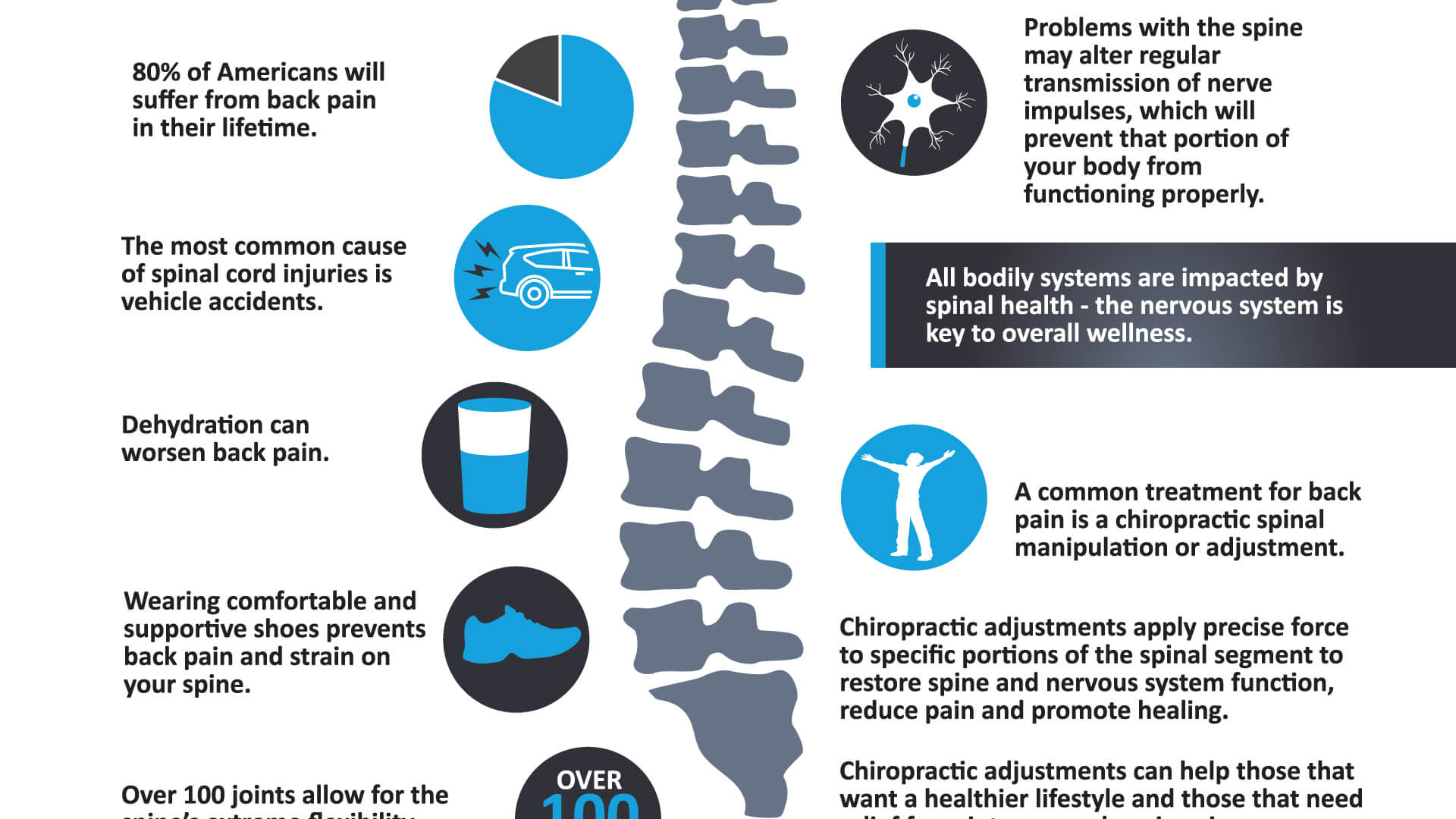As you explore the world of cold laser treatment, you'll uncover a world of opportunities for pain relief that is both interesting and reliable. The ingenious method of utilizing light to address various conditions could simply be the key to unlocking a new level of comfort and recovery for you. So, why not uncover exactly how this non-invasive therapy is reshaping the landscape of discomfort monitoring and offering intend to those seeking natural solutions for their pain?
Recognizing Cold Laser Treatment
To comprehend cold laser treatment, you need to grasp the essential concepts behind this non-invasive therapy method. Cold laser treatment, also referred to as low-level laser treatment (LLLT), utilizes specific wavelengths of light to communicate with cells. The light power passes through the skin and is absorbed by cells, setting off a series of organic reactions. These responses help advertise healing, minimize inflammation, and minimize pain.
The essential to understanding cold laser treatment depends on its capability to stimulate cellular feature. When stress face before after is soaked up by cells, it boosts their metabolism and speeds up the manufacturing of ATP, the energy source for cells. This boost in cellular activity can bring about boosted blood circulation, cells fixing, and pain alleviation.
Conveniences of Cold Laser Therapy
Harnessing particular wavelengths of light, cold laser therapy provides a variety of advantages for discomfort alleviation and healing. Among the key advantages of cold laser therapy is its non-invasive nature. Unlike surgeries, cold laser therapy doesn't need lacerations, making it a safer and more comfy alternative for numerous individuals.
Furthermore, cold laser therapy is recognized for its ability to minimize swelling. By targeting irritated locations with focused light energy, the therapy assists to lower swelling and promote much faster healing.
In addition, cold laser treatment is a preferred choice as a result of its marginal side effects. Unlike some medicines that can trigger unfavorable reactions, cold laser treatment is gentle on the body and commonly well-tolerated. laser scar removal makes it a suitable alternative for individuals looking for an all-natural and low-risk pain relief service.
Another significant benefit is the quick recovery time associated with cold laser treatment. Since the treatment boosts the body's all-natural recovery procedures, clients often experience quick enhancements in their problem without the demand for prolonged downtime.
Conditions Treated With Cold Laser
Cold laser therapy effectively deals with a selection of problems varying from bone and joint injuries to chronic pain. For musculoskeletal injuries like sprains, strains, and tendonitis, cold laser treatment can help reduce inflammation, relieve discomfort, and promote tissue repair service. It's additionally useful for treating joint inflammation by minimizing joint pain and stiffness.
Additionally, cold laser treatment can aid in accelerating the recovery process for injuries and injuries by improving blood circulation and promoting cell regeneration.
please click the up coming post as fibromyalgia, neuropathy, and lower pain in the back can additionally be properly managed with cold laser treatment. The treatment works by targeting the source of discomfort and causing a biochemical cascade that minimizes discomfort level of sensitivity and inflammation.
Moreover, conditions like carpal tunnel syndrome, TMJ problems, and plantar fasciitis can benefit from the pain-relieving and anti-inflammatory effects of cold laser therapy.
Conclusion
To conclude, cold laser therapy is a secure, effective, and non-invasive treatment choice for discomfort relief.
With its ability to advertise healing, minimize inflammation, and reduce discomfort, this cutting-edge therapy supplies an all-natural and low-risk alternative to operations.
Whether you're handling persistent pain, sporting activities injuries, or joint inflammation, cold laser therapy can supply relief and improve your lifestyle without the need for intrusive treatments.
